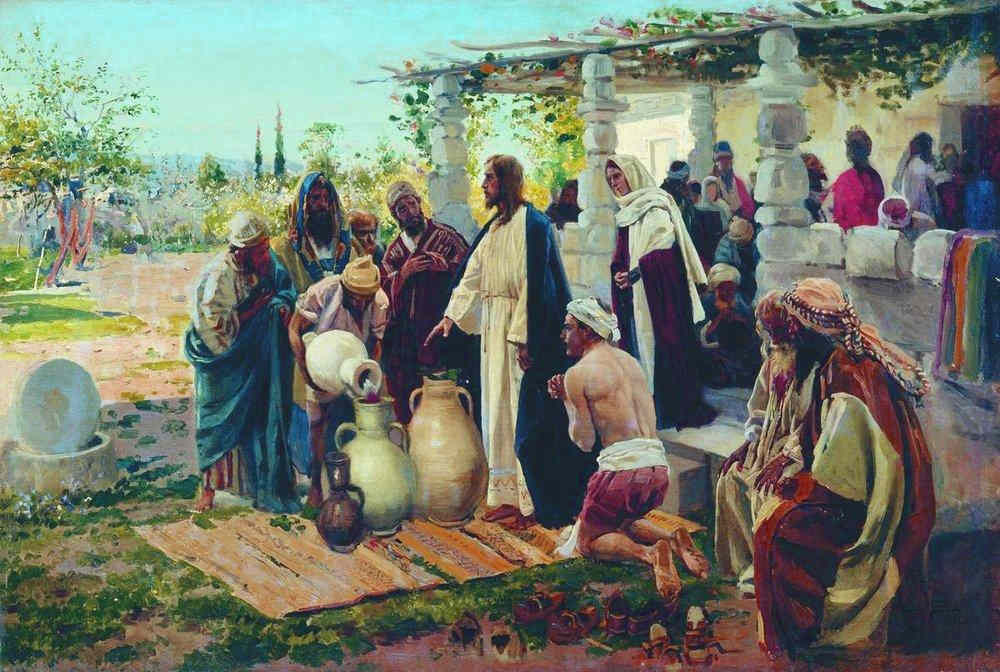
The Miracle of Cana – A Sign of God’s Generosity
The early church celebrated a few events in the life of Jesus in a single celebration, calling it Manifestation or Epiphany. These four important events were: the birth of Jesus, which is the Incarnation of God’s own Son; Visit from the Magi, which is a first recognition of Christ for the pagan world; Baptism of Jesus, when the Father proclaimed his Son to the people; and the Miracle of Cana, a sign of the coming of God’s kingdom among us. The early church attached great importance to these events in the life of Jesus because they led to faith in Jesus.
John the evangelist gives particular importance to the Miracle of Cana. It is the first of seven signs that are narrated in his Gospel. Here at the Wedding Feast of Cana, Jesus turns 500 – 600 liters of pure water into the best quality wine. John takes time to explain how large the stone jars were and how the servants filled them to the brim. Then he mentions the remark of the steward that this new wine is superior to all the wine served so far.
For John, this miracle is a sign of God’s generosity towards his people. Whoever comes to Jesus will be given the Holy Spirit in abundance. John sees this miracle from the hindsight of Pentecost, where all who were in the Upper Room were ‘drunk’ with the new wine (Holy Spirit). Jesus, like his Father is abundantly generous with all who accept his salvation.
The Miracle of Cana is also a sign of God’s everlasting love. The couple at the wedding feast stand for Jerusalem (God’s People). In the first reading, we see that when the people of Israel came back from the exile, they found their city and their land neglected and in ruins. As an encouragement to the dejected people, God sends a message of future hope through the Prophet Isaiah. During the time of exile, they were like a wife – rejected by her husband, but now they are God’s delight, his wedded – wife.
In the Gospel of John, Mary is mentioned only two times. First at the beginning of Jesus’ public life, and again at the foot of the cross. In both places, John recognizes Mary’s presence – “The mother of Jesus was there” (2:1), “Near the cross of Jesus stood his mother” (19:25). John, after taking Mary as his mother, realizes the importance of Mary in the lives of every disciple. Her role is to intercede for everyone when they run out of God’s spirit (wine) in them. As a mother of the church, she cares for the church.
–Father Ranjan D’Sa OCD

